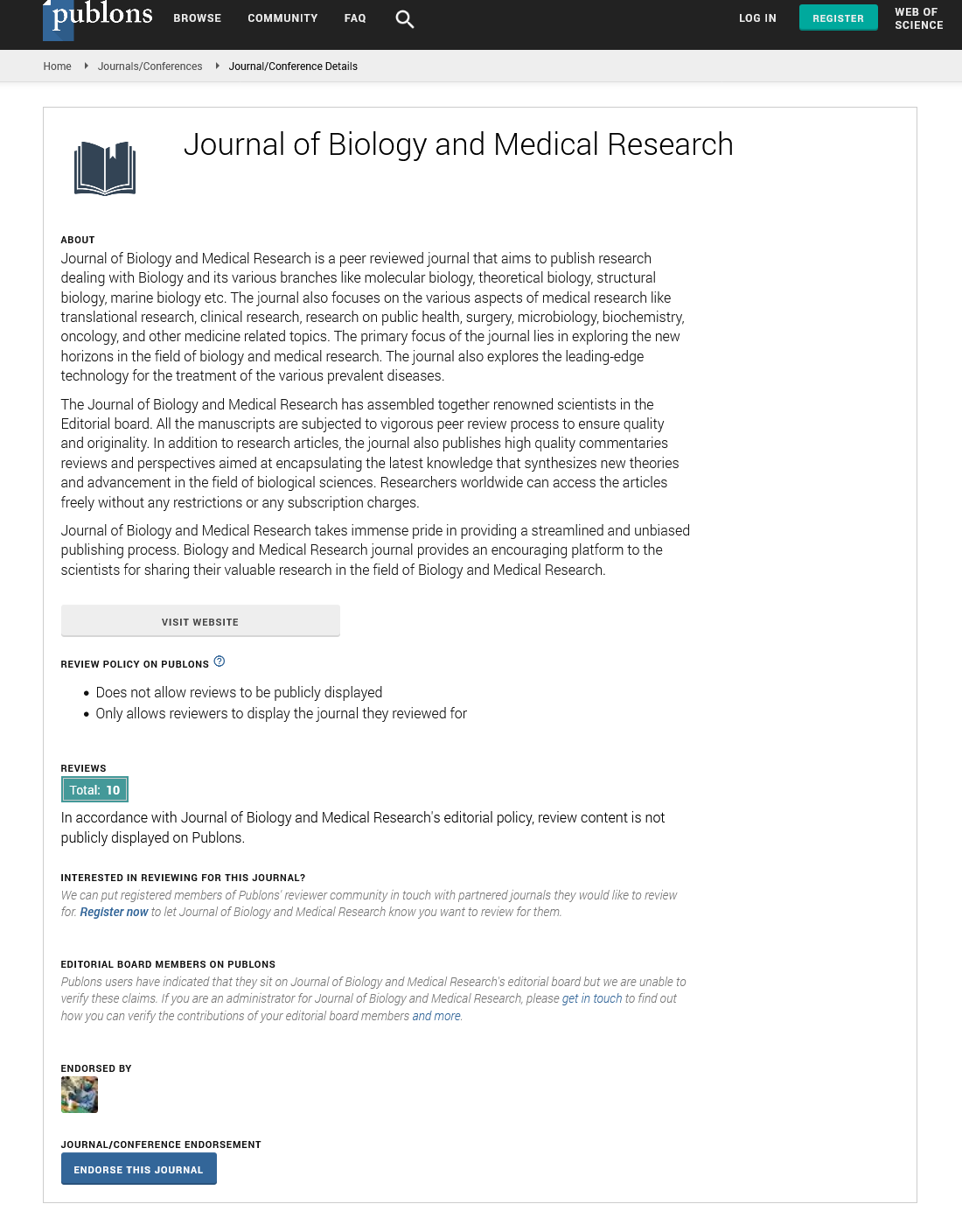Abstract
Pattern and Prevalence of Congenital Birth Defect Among Neonates Admitted to Special Newborn Care Unit (SNCU) Of Pokhara Academy of Health Science (PAHS), Nepal
Objective: To find out the pattern and prevalence of congenital birth defects among neonates in western regional hospital, Nepal.
Methods: This is a prospective hospital-based study conducted over a period of 12 months in the Special newborn care unit of Western Regional Hospital, Pokhara, Nepal from 30th March 2016 to 30th March 2017. Neonates (newborn up to 28 days of age) admitted or examined in the unit irrespective of their condition comprised the study population. They were first examined by the Medical officer at the time of admission and subsequently by a Pediatrician. Information of mode of delivery, gender, weight, gestational age, consanguinity, maternal age, antenatal visit record and family history were recorded on a predesigned Performa. After clinical examination, relevant investigations like ultrasonography, radiology, echocardiography, laboratory and genetic studies were done to confirm diagnosis if it was needed. Statistical data was analyzed by using Excel 2016.
Results: Out of 1144 total admissions, 96 (8.39%) neonates were having birth defect. Of them, 52 (54.10%) were male and 44 (45.90%) females. Anomalies related to the central nervous system were 12 (12.50%) musculoskeletal 4 (4.16%), genitourinary 12 (12.50%), cardiovascular system 12 (12.50%), ear, eye, face, neck 20 (20.83%), digestive system 16 (16.66%), syndromes and skin 20 (20.83%) each.
Conclusion: Congenital birth defects being one of the main cause of neonatal mortality, are very common in our country and most commonly affected system in our study was ear, eye, face and neck anomalies and with syndromes followed by digestive, genitourinary, musculoskeletal, cvs, and skin in descending order of frequency. So, healthcare providers must stress upon primary prevention like vaccination, nutrition and drugs to decrease preventable cause of congenital birth defect.
Author(s): Ramchandra Bastola
Abstract | Full-Text | PDF
Share This Article
Google Scholar citation report
Citations : 80
Journal of Biology and Medical Research received 80 citations as per Google Scholar report
Journal of Biology and Medical Research peer review process verified at publons
Abstracted/Indexed in
- Google Scholar
- Publons
Open Access Journals
- Aquaculture & Veterinary Science
- Chemistry & Chemical Sciences
- Clinical Sciences
- Engineering
- General Science
- Genetics & Molecular Biology
- Health Care & Nursing
- Immunology & Microbiology
- Materials Science
- Mathematics & Physics
- Medical Sciences
- Neurology & Psychiatry
- Oncology & Cancer Science
- Pharmaceutical Sciences
